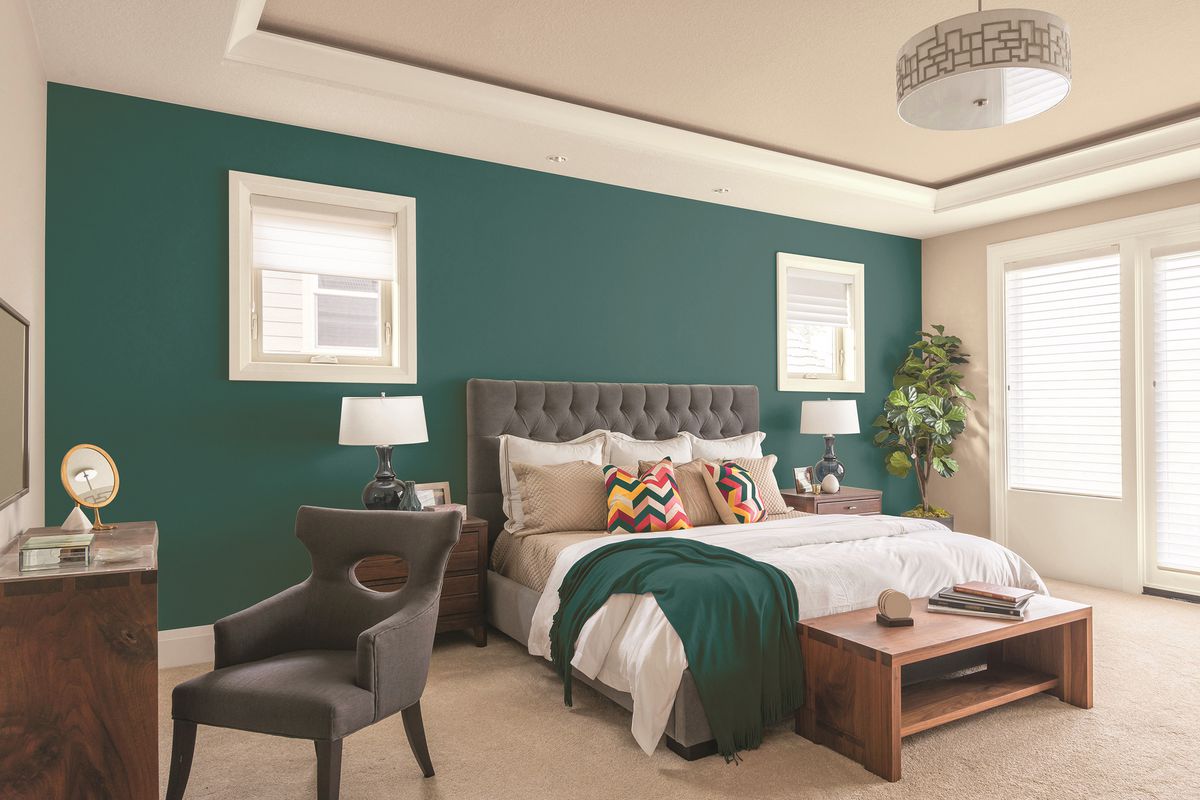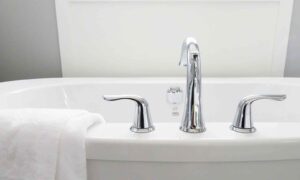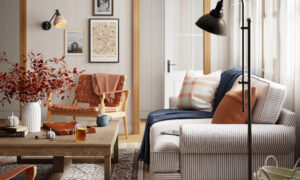If you have a space in your home that seems a little jaded or lacking, you could consider installing a feature wall.
This is certainly a popular home modification, while it contributed to an annual retail sales volume in household goods stores that peaked at £36.3 billion last year.
Certainly, a feature wall can add a brilliant focal point to your bedroom or lounge, while enabling your creativity to flow as part of a highly engaging project. But what are the key considerations when creating a feature wall?
- #1. Choose the Right Wall: Not all walls are created equal, so choosing the right one and the ideal location for your structure is key. Ideally, your feature wall will be placed in a natural and non-intrusive space where it’s able to attract the eye of residents and guests alike, or augment existing features and focal points such as a fireplace.
- #2. Consider Colour Choices: Feature walls are designed to stand out and capture the imagination of guests, so we’d recommend being bold and opting for striking tones or colour schemes that can augment even the most neutral interior. Just try to create combinations that are compatible and feature well-matched colours, while you can also stamp your authority on the space by spray painting a mural or unique design on your feature wall. If you do intend to paint your walls, you’ll also need to invest in the requisite PPE kit such as goggles and masks.
- #3. Consider Shapes, Patterns and Accessories: Accessories can also augment or add depth to your feature wall, particularly when you incorporate this into an existing interior that features lamps, greenery and wall plants. These will add interest and depth to your feature wall, although it’s crucial that you don’t overcrowd the space or make it too cluttered. Don’t be afraid to experiment with stencil patterns and geometric shapes, either, as these help your wall to benefit from a truly unique design.
#4. The Positioning of Your Furniture: On a final note, you should remember that your feature wall will exist in the context of a particular room and interior space. Because of this, it’s crucial that you get the positioning of your surrounding furniture right, as you’ll need to highlight your feature wall and optimise the surrounding space so that it remains visible at all times. After all, what’s the point in installing a feature wall if it’s only partially visible?








